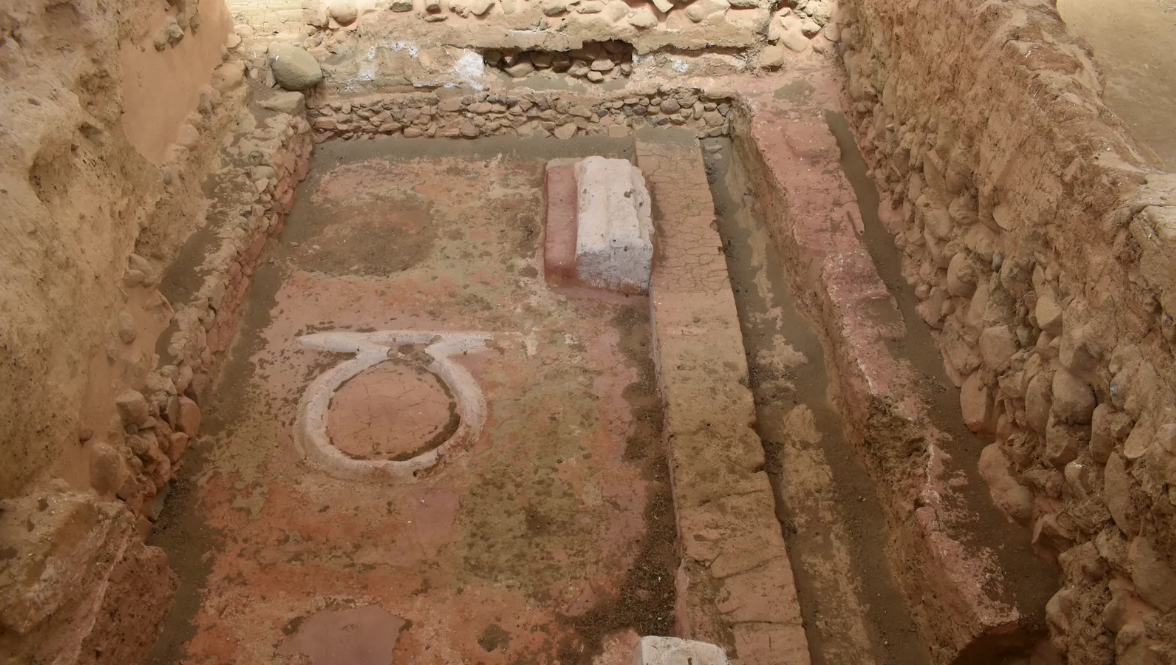
© Andrew Lofthouse via BBC News
Pre-reading questions
I will read each question. Then, please answer them.
- What is your favorite historical book or movie? Why?
- Which Japanese era is your favorite and why?
Vocabulary
I will read the words, meanings, and sample sentences. Then, repeat after me.
- reveal /ri-VEEL/
- widely /WAHYD-lee/
- conqueror /KONG-ker-er/
- commercial /kuh-MUR-shuhl/
- vanish /VAN-ish/
[verb] – to make known or show something that is surprising or that was previously secret
He reveals his deepest secrets in the book.
[adverb] – including a lot of different places, people, subjects, etc.
Garlic used to be widely used in traditional medicine.
[noun] – someone who has conquered a country or its people
The inhabitants of the island refused to give in to a conqueror.
[adjective] – related to making money by buying and selling things
The commercial phone service was no longer functional.
[verb] – to disappear or stop being present or existing, especially in a sudden, surprising way
The rabbit vanished with a wave of the magician’s hand.
Article reading
Please read the whole article. Then, I will check your pronunciation and intonation.
Tartessos was a rich ancient Iberian society that existed between the ninth and fifth centuries before the present and is buried in myth and mystery. However, technology and archaeological digs are revealing new details about the civilization.
It has been challenging for modern historians and archaeologists to figure out what Tartessos actually was, despite the fact that Tartessos has been mentioned in Greek and Roman documents for thousands of years. Was it a river, a city, or a kingdom? It is now widely believed that Tartessos was a civilization in the Iberian Peninsula that originated from the fusion of native populations with Greek and Phoenician conquerors. Its huge metal resources and flourishing commercial sector also contributed to its wealth. Early discoveries suggested that the Tartessos civilization was concentrated in and around the Guadalquivir Valley in Andaluca, but more recent finds in the Guadiana Valley, further to the west and close to Portugal’s border with Spain, have caused archaeologists to reevaluate how widespread the Tartessos civilization actually was.
Despite the significance of knowing why the society vanished, the majority of present-day studies concentrate on the social and cultural effects of the Tartessos. Sebastián Celestino Pérez, a scientific investigator at the Institute of Archaeology in Merida, said that “the so-called Tartessian tombs of the Guadiana seem to have the key to know this culture better.”
It has been challenging for modern historians and archaeologists to figure out what Tartessos actually was, despite the fact that Tartessos has been mentioned in Greek and Roman documents for thousands of years. Was it a river, a city, or a kingdom? It is now widely believed that Tartessos was a civilization in the Iberian Peninsula that originated from the fusion of native populations with Greek and Phoenician conquerors. Its huge metal resources and flourishing commercial sector also contributed to its wealth. Early discoveries suggested that the Tartessos civilization was concentrated in and around the Guadalquivir Valley in Andaluca, but more recent finds in the Guadiana Valley, further to the west and close to Portugal’s border with Spain, have caused archaeologists to reevaluate how widespread the Tartessos civilization actually was.
Despite the significance of knowing why the society vanished, the majority of present-day studies concentrate on the social and cultural effects of the Tartessos. Sebastián Celestino Pérez, a scientific investigator at the Institute of Archaeology in Merida, said that “the so-called Tartessian tombs of the Guadiana seem to have the key to know this culture better.”
Comprehension questions
I will read each question. Then, please answer them based on the article.
- When did Tartessos exist?
- What is Tartessos now widely believed to be?
- What other factors contributed to Tartessos’ wealth?
- What did these early discoveries suggest?
- What did early Sebastián Celestino Pérez say about the Tartessian tombs of the Guadiana?
Discussion questions
I will read each question. Then, please answer them.
- Are there any ancient monuments in your country? Please tell me more about them.
- What kinds of historical sites can you see close to where you live?
- What ancient ruins would you like to visit? Why?
- Do you think old buildings and monuments are more beautiful than modern ones?
- In your opinion, why do some civilizations seem to disappear mysteriously?